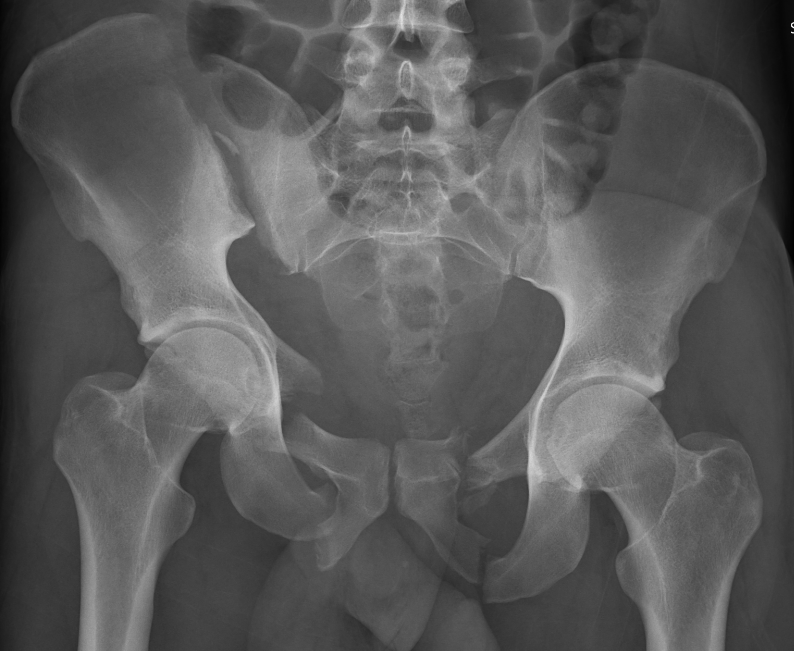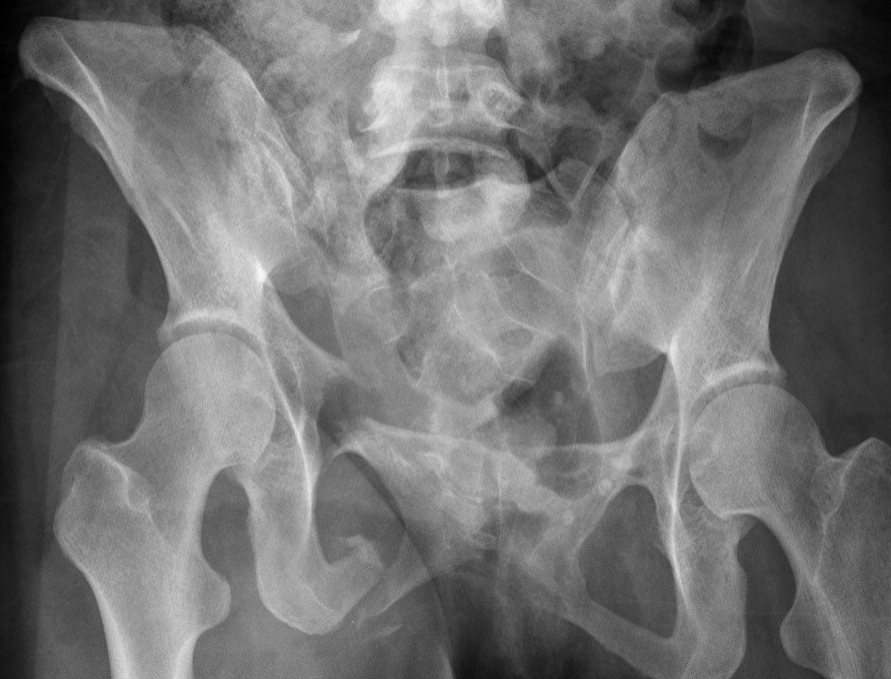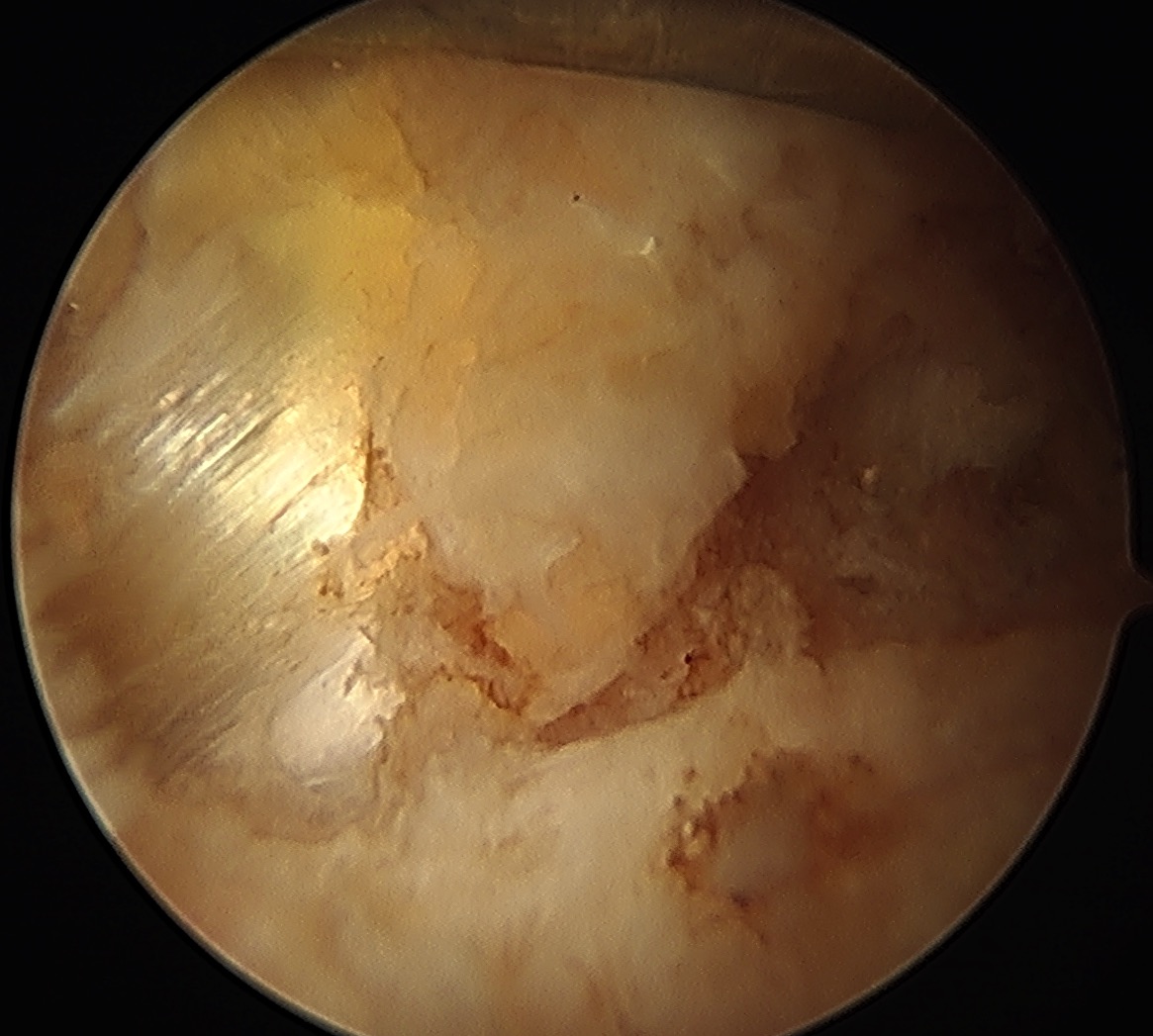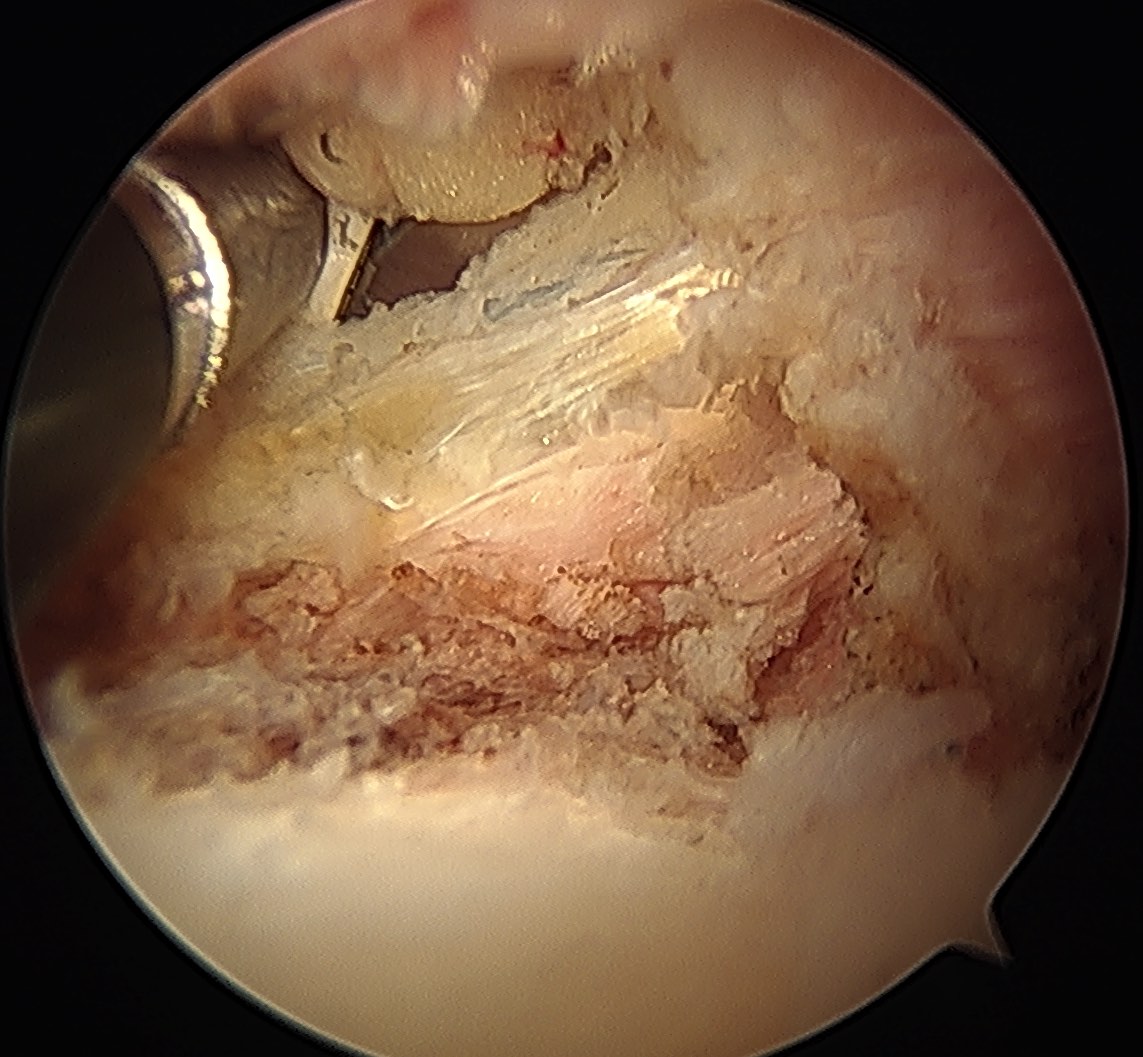Cruciate ligament ganglion
Location
- 85 intra-articular ganglions
- 49 ACL, 16 PCL
- 12 from anterior horn meniscus, 3 posterior horn meniscus
- 3 from fat pad
Cruciate ligament ganglion
Technique
Surgical technique PDF using trans-septal portal
- 85 intra-articular ganglions
- 49 ACL, 16 PCL
- 12 from anterior horn meniscus, 3 posterior horn meniscus
- 3 from fat pad
Technique
Surgical technique PDF using trans-septal portal


Unstable injuries
Complete disruption of both the anterior and posterior ring


Movement of iliopsoas tendon over femoral head / iliofemoral ridge / iliofemoral ligament
Middle age men
Steroids / Growth Hormone
Usually occurs in gym
Bench Press
Significant bruising in the acute phase
In chronic setting, ask patient to adduct against hip / resistance
Garden 1 / 2
ORIF
- ~ 15% displacement rate with non operative management
- increased risk of non union
- reduced hospital in patient stays
Cannulated screws
DHS + derotation screw
Most common pattern cord injury
Hyper-extension injury in middle aged man with osteoarthritic spine
Usually C3/4 and C4/5
Most common type / in older patient with pre-existing spondylosis / OPLL
- hyperextension injury
- compression of the cord
- anteriorly by osteophytes
- posteriorly by infolded ligamentum flavum
Femur
Multiplanar deformity
- worsend by previous surgery
- may require osteotomy
Acetabulum
Dysplasia often present
- not as severe as in DDH
LLD
Can be significant
Abductors
Have been short for long time
- difficult to restore length
Chronic Regional Pain Syndrome
CRPS 1
Sympathetically mediated pain syndrome
- excessive or exaggerated response of extremity to injury, surgery or disease
Manifested by
- intense or unduly prolonged pain
- vasomotor disturbances
- trophic changes
- delayed functional recovery
CRPS 2